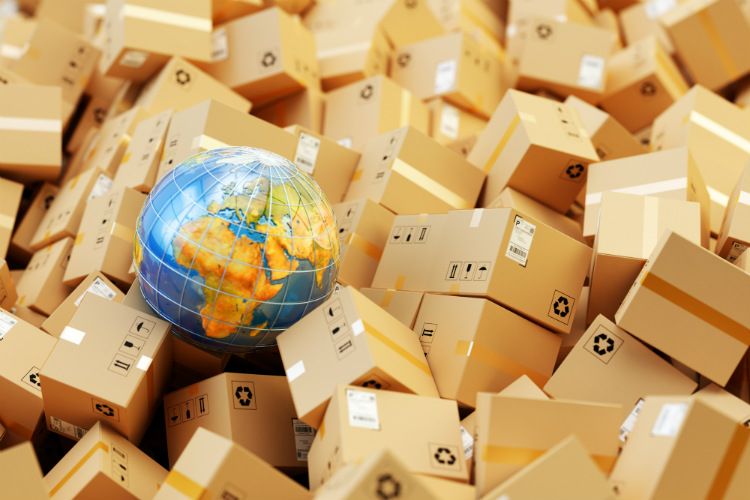One of the most important things to consider when moving abroad is the logistics. As you work out how to transport family, pets and possessions from your old home to a new one, you’ll need to decide whether it should be by land, sea or air.
The process of packing everything up and heading to a new country might seem daunting at first, but there are some straightforward tips to follow so that everything makes the trip in one piece.
Step one – figure out your route
The first thing to consider when planning a move abroad is what options are available in terms of transportation to your destination.
Each will have its pros and cons, but it’s up to you to decide which is best for your move, depending on timing and budgets.
Moving belongings by land is often the cheapest option, but it can have its limitations.
Packing your household into a lorry and sending it off across the continent can be convenient, but space considerations may mean that multiple vehicles are needed.
Additionally, if transporting your belongings at a busy time of year there may be unexpected delays that hold up moving in.
At the far end of the spectrum, shipping your belongings by air is the fastest way to get your possessions from A to B, although it is also likely to be the most expensive.
Air freight can be highly convenient as you and your belongings can leave one country and arrive in another within a relatively short time of each other.
This prevents you from being separated from essentials for an extended period, something that both of the other transport options run the risk of.
Rounding off the three choices for transporting your belongings is shipping by sea. This can be the cheapest method of moving your possessions, but also takes the longest.
Shipping items from the UK to Spain, for example, can take one to three weeks. From the UK to New Zealand, the total transporting time can range from eight to ten weeks.
Another limitation associated with sea shipping is the fact that dropoff locations are limited to large ports.
Weighing up how long you can be without your household items and how much you want to spend is the focus of this stage of planning, to make sure that you are all ready for the move itself.
Step two – packing up
The next thing to do is pack up your old life, ready for your move to a new country.
There are a number of ways that you can cut costs at this stage of the process, depending on how you’ll be transporting the contents of your home.
With land-based removals, providing your own containers can avoid additional fees from removal companies. Going a step further, you could even make the move yourself by hiring out a van or trailer, which would be the most cost-effective way of moving.
Air freight has fewer options for saving money – the most common ones are only shipping the essentials in small containers, taking other items personally if at all possible.
When moving items by sea, the best way to cut costs is to part-share a container, or ensure that it is a FCL (Full Container Load).
Part-sharing is a good way of splitting costs if a portion of a container has already been rented out, while avoiding charges for Less Than Container Loads (LCL) can also keep the move within budget.
An easy way to reduce the amount of space needed is to fill the interior space of furniture, such as wardrobes and drawers, minimising how much room your belongings will take up.
Putting heavier loads into smaller containers is also a good call, to prevent any spillages or breakages from collapsing boxes.
Another tip is to ensure that the most essential items are packed last, so that these are the first to be unpacked when you arrive.
As an insurance measure, you should take photos of your packed belongings before they are sealed away for shipping; this is especially recommended if there are lots of breakables or valuable pieces of furniture.
Step three – unbox your new life
The removals process can take time and be complicated, so it’s best to be well prepared for every eventuality.
One way to plan for the unexpected is to keep a stock of absolute essentials with you when travelling, whether it’s in the car or in a holdall that you take with you.
As well as snacks and phones, this should also include spending money in the new country’s currency for emergencies or to fill up fridges when first arriving.
When you finally make it to the new property and are ready to settle in, make sure that you aren’t caught out by any hard-to-find fuse boards or alarm systems, for example.
Less urgently, it can also be good to set up a ‘staging area’ for filled boxes, so that you can unpack at your leisure and not have to be reminded that you’ve only just arrived!








